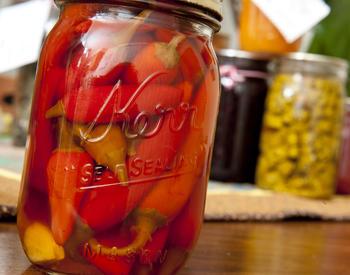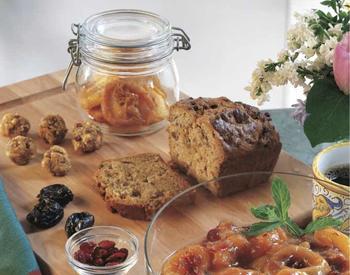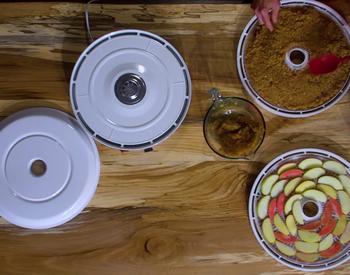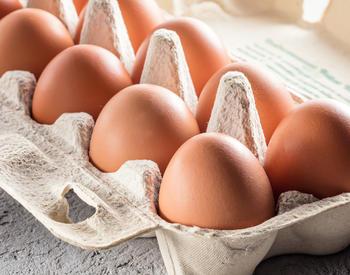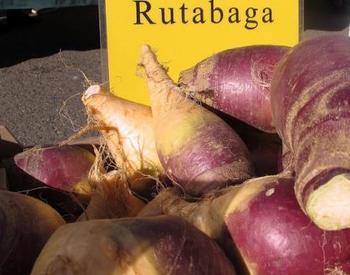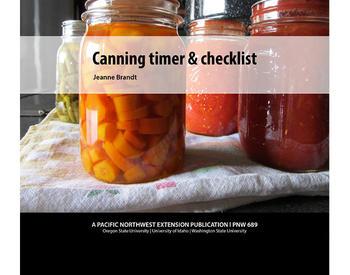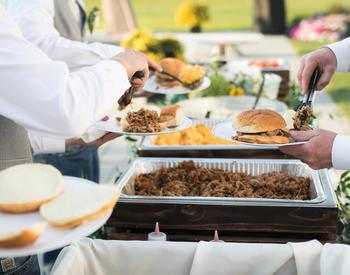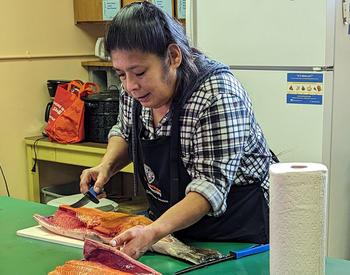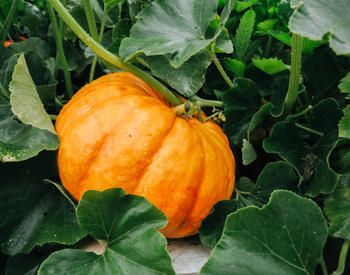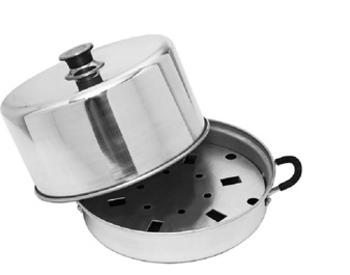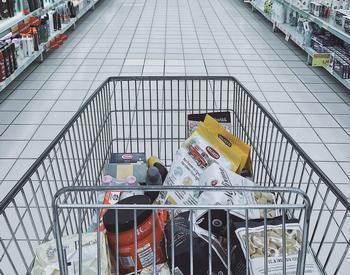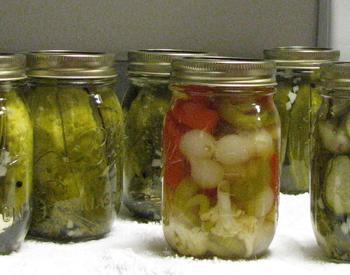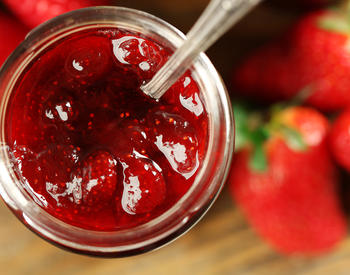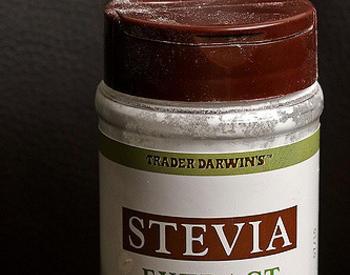I have a few questions regarding dehydrated foods:
- How long do freshly dehydrated vegetables last in a closed glass jar, or when vacuum sealed? I have been told vacuum sealing dehydrated produce makes them safe "indefinitely," but I want to clarify what this means.
- Do I need to hydrate my dehydrated vegetables before I use them in soups? Can I just put my dehydrated vegetables in my boiling water for soup?
Thank you for your questions! Safe food storage practices are so important for the health and safety of yourself and loved ones.
Dehydrated food quality
It is true that properly dehydrated foods will be safe indefinitely; Quality changes will occur over time that may make them undesirable, unpleasant or unusable.
Be sure to rotate your stock of preserved foods. Evaluate your supply at least every six months, consuming the oldest foods first. Replace your supply when the best quality and most economical foods are available, which is usually around peak harvest times.
Storing dehydrated foods
Here are tips for storing dried fruits and veggies, as recommended by the National Center for Home Food Preservation:
- Storage locations: All dried foods should be stored in cool, dry and dark areas.
- Storage times: These range from 4 months to 1 year.
- Storage temperature: The higher the temperature, the shorter the storage time. Most dried fruits can be stored for 1 year at 60º F or 6 months at 80º F. Vegetables have about half of this shelf life.
- Longer-term storage: After a year, nutrient loss speeds up, a type of browning begins to occur that can cause flavor changes and rehydration to be less efficient. If you want to store vegetables longer than recommended, you can freeze them in moisture-vapor-proof freezer packaging. Then, thaw in the refrigerator and use within 4 days.
We have excellent tips for best quality drying, types of equipment and storage methods in this publication: Drying Fruits and Vegetables, OSU Extension
Rehydrating produce
Here are two methods for rehydrating your dried vegetables:
- You can hydrate your dried veggies in cold water. This should take about 1 1/2 to 2 hours plump up to the original shape and size. Don't let them soak longer than that at room temperature because any bacteria that may have been present before drying your veggies will also rehydrate and start multiplying at a faster rate.
- You can rehydrate dried vegetables in boiling water or simmering soups and stews. The boiling water temperatures will also kill any bacteria that are present. They are ready to eat when they have plumped up to their original shape/size.
We like to make a mixture of veggies for soup and pre-package them in small jars or zippy-style bags for lunches. These work great to make your own "mug of soup" at work or for camping and backpacking trips.
